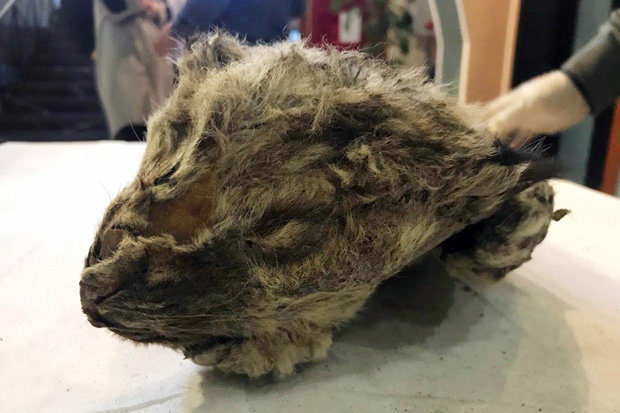OF THE
TIMES
A nation that continues year after year to spend more money on military defense than on programs of social uplift is approaching spiritual doom.
I want you to meet my dog Laser he's an arsonist, he will come in the middle of the night and burn your house down, just like what happened when...
"so that said blob can continue its amoebic digestion of what's left uneaten by it in our sore-beset republic. You've got to wonder, of course,...
The horse's were spooked by dark satanic entity's, even the Queens horses didn't like that reptilian satanic bitch. :O
Putin (in my opinion) is doing a good job on restoring strong soveriegn states. The problem is that the power is corporate (technocratic) not...
...next part... 11 The pandemic agreement is the introduction of a global biomedical dictatorship. Moreover, this is only the first step, a trial...
To submit an article for publication, see our Submission Guidelines
Reader comments do not necessarily reflect the views of the volunteers, editors, and directors of SOTT.net or the Quantum Future Group.
Some icons on this site were created by: Afterglow, Aha-Soft, AntialiasFactory, artdesigner.lv, Artura, DailyOverview, Everaldo, GraphicsFuel, IconFactory, Iconka, IconShock, Icons-Land, i-love-icons, KDE-look.org, Klukeart, mugenb16, Map Icons Collection, PetshopBoxStudio, VisualPharm, wbeiruti, WebIconset
Powered by PikaJS 🐁 and In·Site
Original content © 2002-2024 by Sott.net/Signs of the Times. See: FAIR USE NOTICE

Reader Comments
Hubris and ego. "We will do this amazing tech thing because we can--look at us."
Look out your window at the carnage happening everywhere today and take action--let the dead be happy they're gone and let them RIP.
The world, Earth is desperate for so much, and this is how time, resources and energy are spent!?
All we can do is be patient and wait for the change.
Cool. Raise it like an anti-K9-guard-cat and bring it to demonstrations.
R.C.
2. Headline says 500K years; article says 20-50Kyr.
R.C.